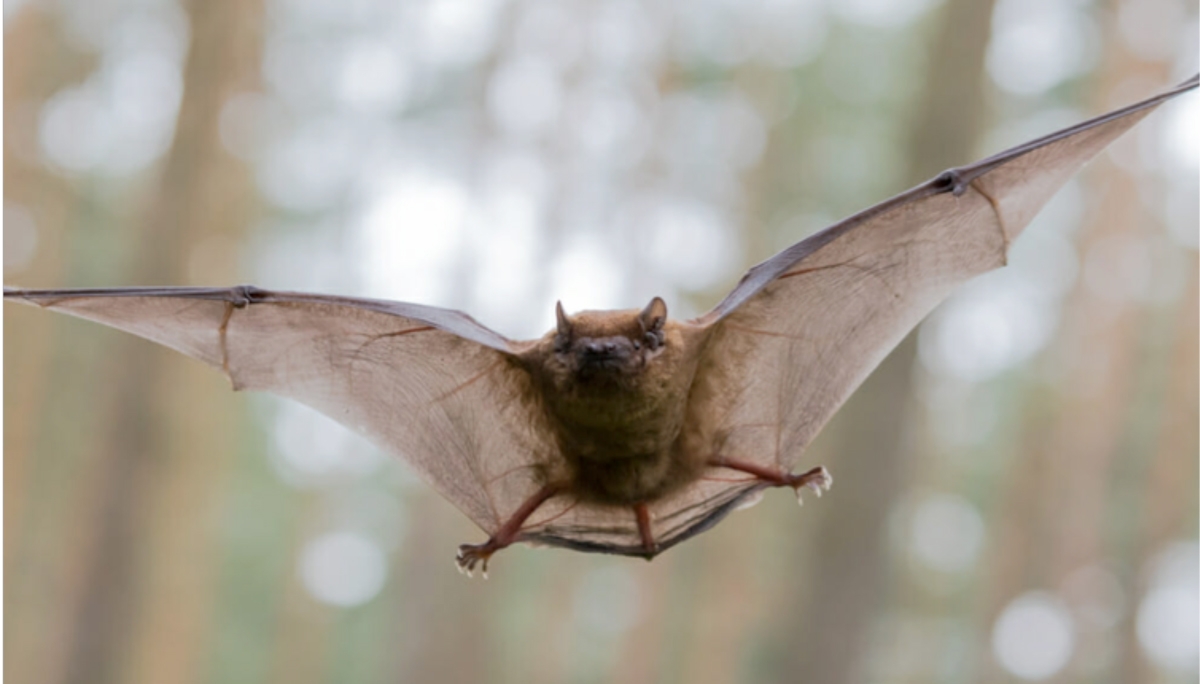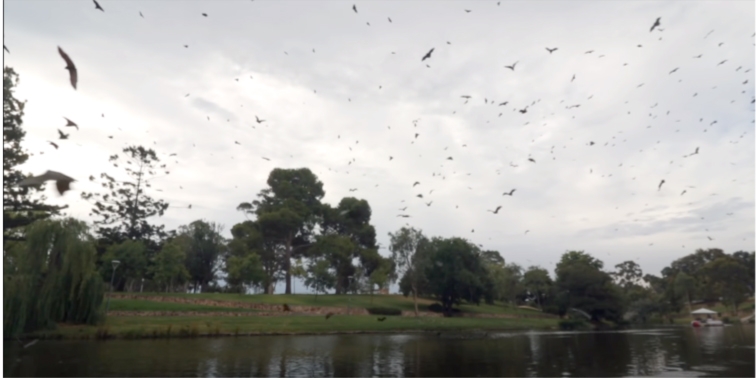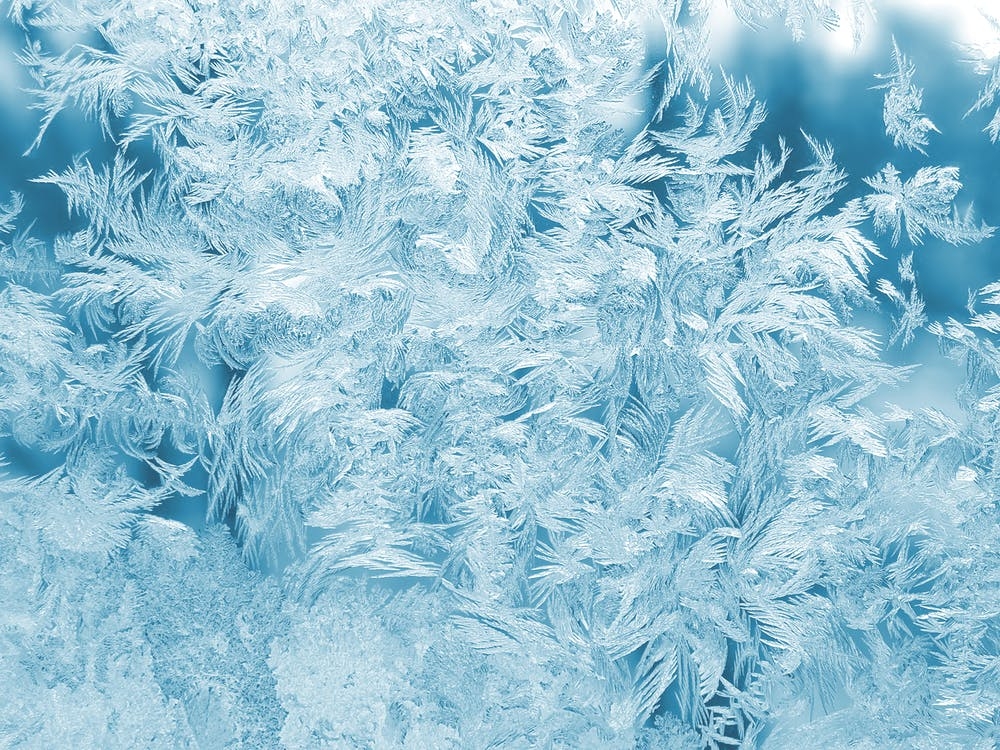
The rise of bat populations in Canada
Mysterious, vampiric, predators that strike at night: bats are objects of both wonder and horror. These cave-dwelling creatures are perhaps one of the most ubiquitous and versatile creatures as they are native to America, Africa, Asia, and Australia1. In North America, there are 48 different species of bat, 19 of which can be found in Canada.2 Though they vary in size, most bats look incredibly similar, with a small body (sometimes furry) and membranous wings. According to Humane Wildlife Control Society's information on bats, their name can be loosely translated from Greek to mean ‘hand wing.3 This description emphasizes one of the bats’ most identifiable features. Their thin wings allow them to be incredibly agile in the air to chase their speedy insect prey and their notorious nocturnal nature also aids them in hunting and catching food—it “protects bats from their visual predators, high levels of ambient temperature, sunlight exposure, and low humidity.”4 But, because bats search for dark, sheltered environments (like caves) to live in, empty attics can also become quite an appealing place to settle down for the day.
Though bats mostly keep out of the way of humans, having bats nearby can pose certain dangers as they have the potential to carry diseases like rabies, and their droppings can be toxic to both people and the surrounding environment (particularly gardens and green spaces).5 They also tend to live in groups, so if there is one bat living in your attic, there are probably more. But there are ways to determine whether bats have moved into your property, including noises, sightings, and droppings. As they are nocturnal, most of their activity, and therefore the noises they may make, should occur at night. These noises could include shuffling and clicking or squeaking. The clicking is unique to bats because of their use of echolocation to navigate and find food.6 Their squeaks are also quite discernible—sounding something like a bird-rodent hybrid.7 Of course, actually seeing a bat is the most obvious way to tell whether they live in your attic. The final clue is the presence of bat droppings. These tend to look like thin little pellets of a dark black color, almost resembling some form of insect or small worm” and can fall in uniform piles on the floor when bats are roosting.8 Bat infestations may also damage the structural integrity of the building they choose. Because of the tendency of their droppings to pile up, over time, they can begin to “create piles so large that they can even cause damage to your ceiling or worse, collapse it.”9

The difficulty with bat infestations is that bats are an endangered species in Canada due to a disease called white-nose syndrome, which has been causing bat populations to decline significantly in recent years.10 However, it is possible to remove bats from your attic humanely. According to professionals at batremovalattic.com, it is wise to hire a specialist to undertake this task as removal processes differ depending on the time of year and the species of bat.11 During a bat’s maternity season, no removal operations can take place as “there will be young and flightless bats within the attic, which can result in a disaster.”12 The steps of the removal process are loose as follows: first an inspection must be performed to find out where the bats may be entering and exiting the building and to try and determine what kind of damage may have been caused.13 The next step involves sealing all non-primary entry/exit points, and the exclusion step then ensues by using a device that allows bats to exit through the primary entrance/exit point, but not re-enter.14 Only after all of the bats are excluded can the seal-up step take place—this essentially means sealing all potential entry points for bats to find a way back inside.15 The final stage is to clean up.16 In all of these steps, especially the clean-up stage, it is essential to be protected from the bats and the diseases they may carry.
Bats are incredibly important members of the ecosystems that they are a part of. Protecting them is integral. If you find yourself with a potential bat problem or infestation, the best course of action is to contact a local and reputable professional to advise you on what to do, and how to do it safely. Despite their reputation as subjects of horror, we need them, and so does the environment.
1 “Bats.” Humane Wildlife Control Society, 5 June 2020, wildlifehumane.org/animals/bats-2.
2 “Bats 101.” Canadian Wildlife Federation, cwf-fcf.org/en/explore/bats/bats-101.html.
3 “Bats.” Humane Wildlife Control Society, 5 June 2020, wildlifehumane.org/animals/bats-2.
4 Ibid
5 Ibid
6 Climate Change Canada. “Government of Canada.” Canada.ca, Government of Canada, 22 Dec. 2016, www.canada.ca/en/environment-climate-change/services/species-risk-education-centre/fact-sheets/bats-white-nose-syndrome.html.
7 Home.” BatRemovalAttic, 2 June 2020, batremovalattic.com/.
8 Ibid
9 Ibid
10 Ibid
11 Ibid
12 Ibid
13 Ibid
14 Ibid
15 Ibid
16 Ibid











